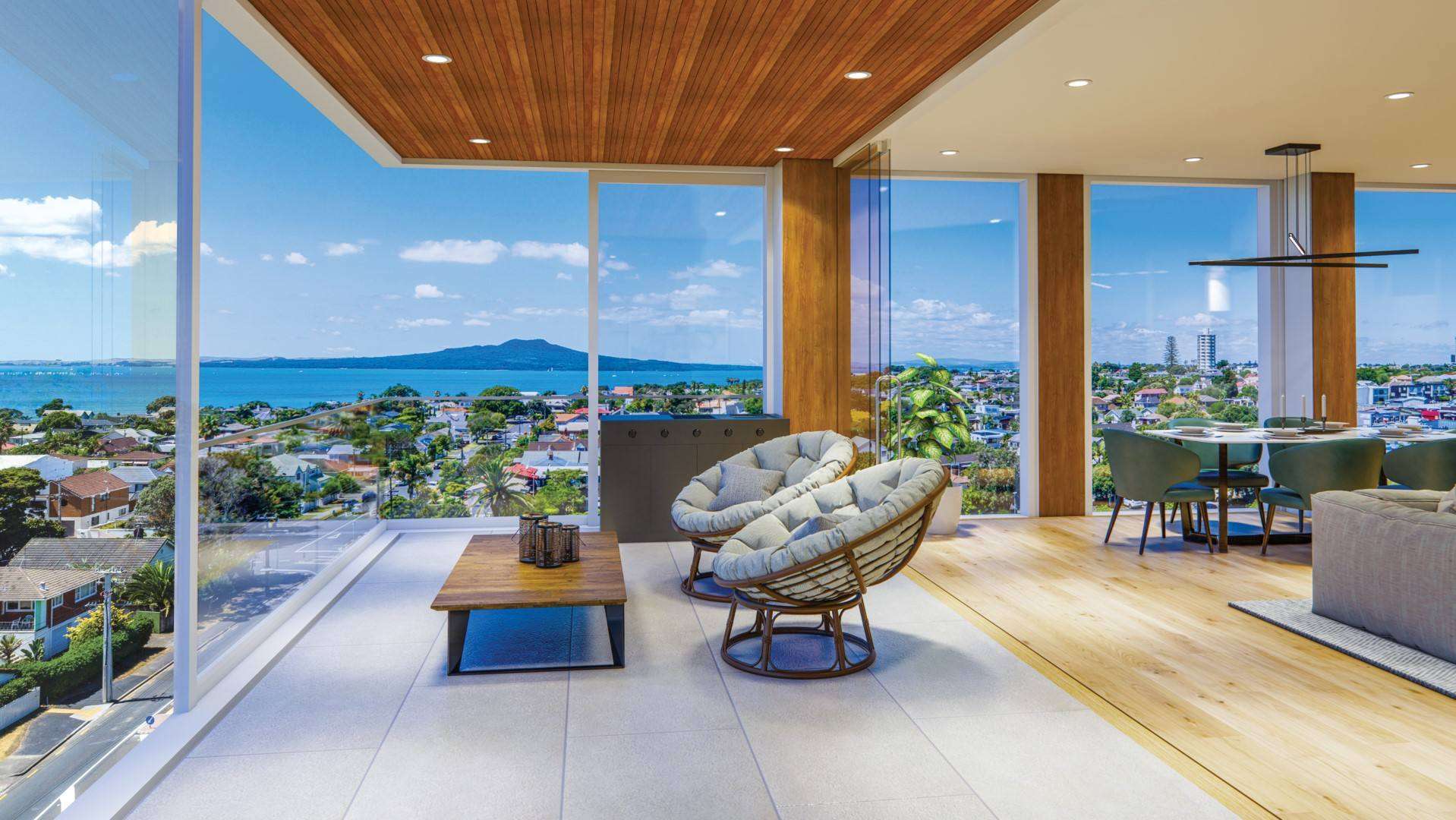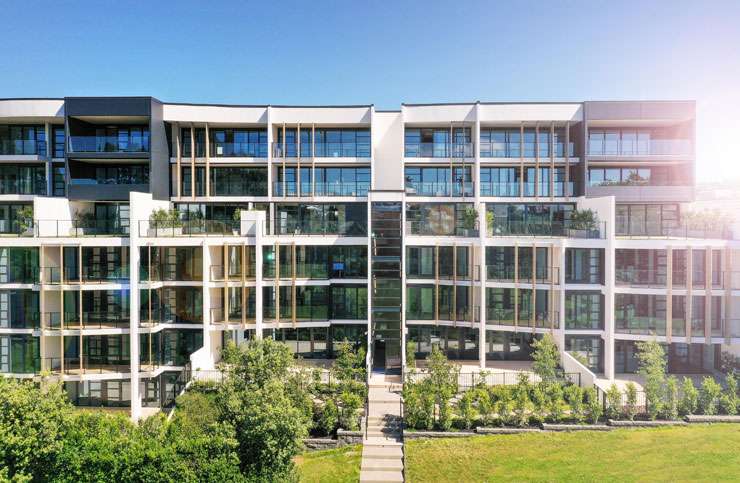Inquiry for off the plan properties increased at least 40 per cent during the Level 4 lockdown, with 20 to 30 transactions made, says Suzie Wigglesworth, Bayleys national director of projects.
That’s partly because not a lot changes for off the plan marketing during lockdowns.
“We’re not reliant on running open homes, we’re not reliant upon needing to see people in person,” Wigglesworth says.
“We were able to use the tools we have for selling off the plan in terms of renders, 3D walkthroughs and so forth.”
Start your property search
Among the sales were entry-level villas in Queenstown, she says.
Two and three bedroom terrace homes, starting at $699,000, were launched at Coronet Peak Alpine Villas during Level 4 with all 18 in stage one selling out.
Seven of the stage two homes, which launched at the end of September, have also sold. “We've been quite surprised at the ferocity of the transactions that have happened there.”
In Auckland, two big off plan sales were made during Level 4 at Omana North in Milford for around $3.5m and $4m, and newly completed apartments at the NXN development in Kingsland sold during Level 3 for around $1.3m and $1.4m.
Wigglesworth says most of the off plan inquiry, however, is for entry level properties, with buyers split between investors and first home buyers.
Properties priced $1.3m and below are being snapped up because people only have to put down a 10 per cent deposit and don’t have to pay anything else until the build is finished, she says.
“If your product is less than $850,000, the same thing happens. The number of people that are willing to jump, and jump now, is just huge but as soon as you hit prices of $1.5m and above, the market starts to slow down a little bit.”

An artist impression of the Omana North development in Auckland, which saw big sales during lockdown. Photo / Supplied
Wigglesworth says some developers have their formulas down pat.
Bayleys works with Williams Corporation, which builds entry level homes in Christchurch, Wellington, Tauranga and Auckland. “They know what it costs to build, they know how to build and they just sort of go copy paste, copy paste.”
Wigglesworth says the shortage of other stock is also feeding the new build demand. “That is a problem everywhere. If there’s nothing for sale, where do you turn to?”
But while consent numbers for new builds are trending up nationwide, properties are not coming through fast enough to satisfy the demand.
Developers face challenges around funding and the time taken to get the consents they need, and because the market is moving at such a fast pace they have to make sure their product is still fit for purpose for what the market wants when it is finally built, says Wigglesworth.
“If you designed an apartment building 18 months ago, is it still the right thing, is it still relevant?”

Proving popular: The NXN development in central Auckland. Photo / Supplied
Even five years ago, for example, there weren’t many three-level terrace homes – but now four-level terrace homes are coming to the forefront in designs.
And five years ago there were few apartments in suburbs outside the main centres but now that is commonplace. “I think the market is changing rapidly in terms of what the consumers are prepared to accept to get themselves into the market and into a new home,” Wigglesworth says.
The Government and local councils need to work better together to accelerate building, she says, because a lot of decision-making doesn’t happen as quickly as it should.
That’s especially so for some of the larger developers who are building more complex masterplanned communities and apartment buildings.
“I mean, building an apartment complex is far more complex than building a row of terraced houses, for example.”
But there is innovation out there to help speed things up, she says.
Bayleys, for example, has started working with a company called Relab which has produced software which helps builders, real estate agents and developers check out the zoning and infrastructure around a piece of land and create a step by step feasibility study.
Developers otherwise would have to go to a planner, an architect, the council and all sorts of other consultants to assess whether a piece of land was worth developing, Wigglesworth says.














































































